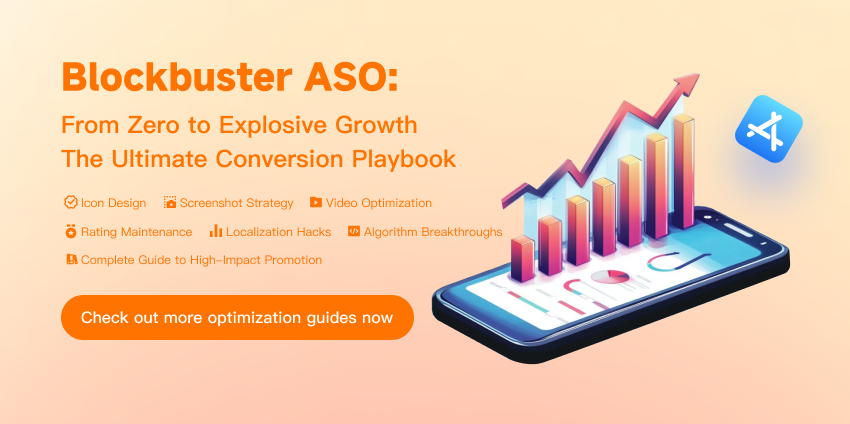
Loading...
Free consultation with ASO specialists
Doing ASO for the first time or have no idea how to carry out targeted optimization of your app?
We offer one-on-one customized services provided by app marketing specialists
Pay Per Install
What is Pay Per Install (PPI)
Pay-per-install (PPI) is a common billing model in the mobile internet advertising industry. Under this model, advertisers only need to pay for users' successful installation of applications, and do not need to pay for other indicators such as the number of ad displays or clicks. This means that advertisers will only incur costs when users actually download and install their applications.
Advantages of Pay Per Install
-
Cost Controllable
Advertisers only need to pay for the actual installation of users, avoiding invalid advertising display and click costs, so that they can more accurately control the promotion cost.
-
Significant effect
Since the cost is only incurred when the user actually installs the app, the pay-per-install model ensures that the advertiser's promotion costs are effectively utilized and quickly obtain a large number of installations.
-
Data is accurate
Advertising platforms usually provide detailed data analysis reports, and advertisers can understand the source and behavior of users through these data, so as to optimize advertising strategies and improve promotion effects.
The Challenge of Paying Per Install
-
Quality issues
In order to get more installations, some illegal advertising channels may use improper means such as brushing volume, resulting in low quality of installed users and unable to bring real active users and benefits to the application.
-
Fierce competition
As the competition in the mobile app market intensifies, the cost of pay-per-install is also rising. Advertisers need to continuously optimize their advertising strategies, improve the appeal and conversion rate of ads, in order to stand out in the competition.
-
Platform policy restrictions
Different app stores and advertising platforms have different policies and regulations for the pay-per-install model. Advertisers need to comply with these regulations, otherwise they may face penalties and account closures.
The Relationship between Pay-per-Install and ASO (App Store Optimization)
-
Complementary effect
ASO mainly increases the natural downloads of an app by optimizing its display information in the app store and improving its ranking in search results. Pay-per-install, on the other hand, directly attracts users to install the app through paid advertising. The two can work together to increase the number of app installations and users.
-
Data feedback
Pay-per-install campaigns can provide valuable data feedback for ASO. By analyzing user behavior data during the paid promotion process, such as installation sources, user regions, and user ages, developers can better understand the characteristics and needs of target users, thereby optimizing the ASO strategy of the application in a targeted manner.
-
Improve the ranking
A large number of installs can have a positive impact on the ranking of an app in the app store. When the number of installs increases, the app store will consider the app more popular and thus improve its ranking in search results. This not only helps to attract more organic traffic, but also further enhances the visibility and brand image of the app.
Pay-per-install is an important billing model for mobile Internet advertising, and plays an important role in application promotion. Advertisers and developers need to fully understand its characteristics and advantages, and combine it with other promotion methods such as ASO to formulate reasonable promotion strategies in order to succeed in the fiercely competitive market. At the same time, they also need to be aware of the challenges and risks brought by the pay-per-install model, and ensure the quality and effectiveness of the promotion activities.
Related terms
